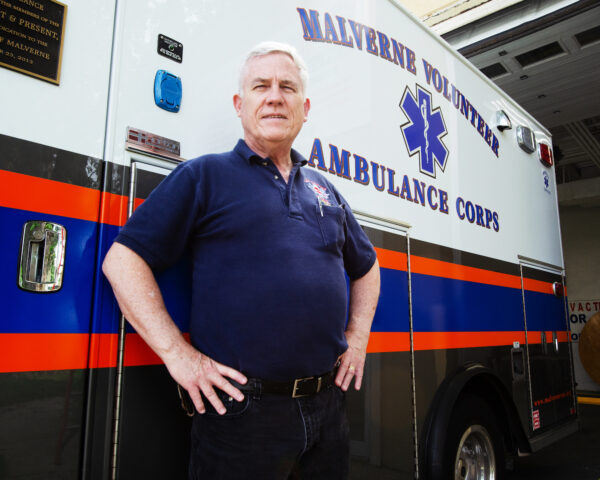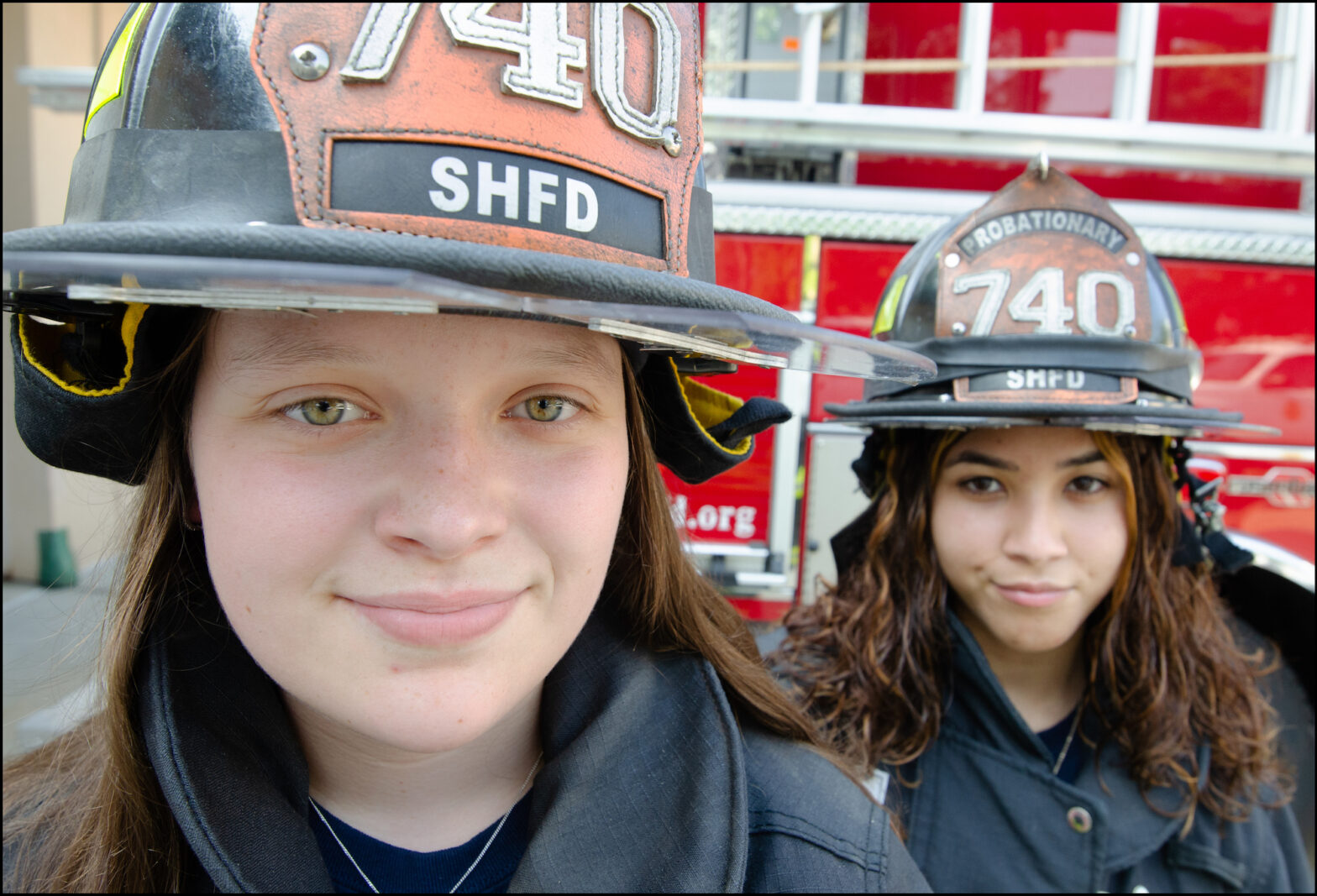Ray Preziosi is a cinematographer in the motion picture industry. But when a house is on fire in his town of Rosendale, New York, he exchanges his light meter for a firehose. Preziosi is a volunteer firefighter.
Bill Malone is an administrator and adjunct science and math professor at St. John’s University in Queens, New York. But when one of his neighbors in the Long Island village of Malverne, New York, is having a heart attack, he swaps his calculator for a defibrillator. Malone is a volunteer emergency medical technician (EMT).
In both cases, the operative word is “volunteer.”
While big cities have full-time, career first responders who are paid with tax dollars, most suburban and rural communities rely completely on unpaid personnel for both fire and ambulance services. According to the National Fire Protection Association, 67 percent of first responders in the United States are volunteers.
Preziosi has been one for 46 years. Even as a child, he gravitated toward fire service. He tricked out his bicycle by attaching a shampoo bottle to act as a fire extinguisher and a garden hose to act as a fire hose. When his father dropped a cigarette butt on the ground, Preziosi would “respond” to the “fire” by hopping on his bike in the garage, rushing to the spigot, connecting the hose, and putting out the cigarette butt.
Preziosi joined the North Massapequa Fire Department on Long Island at age 22 and served for 22 years, until he relocated to Southern California in 1997. During his four years there, there was no volunteer department for him to join. Preziosi recalled watching the fire department in Arcadia, California, screeching through an intersection, doing what he’s done countless times. “I practically burst into tears,” he said.
Malone is in his 45th year of volunteer service. While most departments combine fire and ambulance, Malverne has two separate units. He decided to join the ambulance corps at age 18, in 1976. He was inspired to join (in part) because “Emergency!,” a popular television series at the time, glorified first responders.

Volunteer fire departments on Long Island have been around for 100 years. Almost the entire time, they’ve been one big boys’ club. That’s changing. Kelli Maher and Kiara Santos, both college students, recently joined the one in South Hempstead, New York. Maher is a full-fledged EMT and a firefighter-in-training, called a “probie.” A short time ago, female volunteer firefighters on Long Island didn’t exist.
Santos and Maher have known each other since they were toddlers. Both their fathers are firefighters, and they played with the other children of volunteers at department picnics and Christmas parties when they were little.
For Santos, who’s also an EMT and a firefighter probie, volunteering is a true family affair. She’s the third generation to do so, as her grandfather was a member of the Valley Stream, New York, Fire Department, and her brother is a member of the South Hempstead one as well. It’s pretty much the same thing for Maher. Her younger brother joined South Hempstead this summer, her father is a life member and fire commissioner of the district, and she’s dating the department’s lieutenant.
The recurring theme among young volunteers is that their fathers set an example. “Ever since I was little, my dad’s always instilled in me and my brothers—and even friends that we brought around—always do the right thing, to help people, see-something-do-something type stuff, and I just thought the fire department was a great example of that,” said Maher.
Every volunteer understands that service is a solid commitment. That means if they sit down for Thanksgiving dinner, and a call comes in, they have to drop what they’re doing and go. They understand this, as do their spouses. Only once in Malone’s 40 years of marriage did he receive a call while being intimate with his wife.
As a first responder, there’s the emotional toll of the job. Malone uses a defense mechanism to distance himself from the pain and suffering that’s literally in his hands.
“I kind of look at them as they’re patients, they’re a task at hand, that I have to take care of, and then I move on from there,” he said. “As cold and heartless as that sounds, that’s the way you have to do it.” Malone said there were times “I came home and I cried myself to sleep,” but that number is very small. (As of July 11, Malone has been on 7,479 calls since his first day.)
Then there’s the physical toll. Malone has had seven herniated discs over the years from lifting (often overweight) patients onto stretchers.
Sometimes, volunteer service leads to a paid career. Chad Ayotte volunteered as a firefighter in Palm Desert, California, at age 18. He was about to graduate high school and knew college wasn’t for him. He was raised by his single mom, and not having a father led him to be a wild child.
Ayotte describes his captain at the time as “militaristic, […] demand[ing] a lot out of his volunteers”—which was precisely the discipline Ayotte needed in order to return to the straight and narrow. He volunteered for four years. He knew this was the job for him and is currently in his ninth year of service as a paid employee. At the time, the Palm Desert fire department had the rare combination of both volunteer and paid members, so he made the transition within the same department.
The number of volunteers in the country is dwindling. For decades, Malverne had EMTs on call 24-seven. Malone said that when he started in 1976, there were 60 or 70 active volunteers. He said now, that number is eight or nine, so when there’s no one available to respond, the village relies on a nearby medical center. At this rate, the number will fall to zero, at least in Malverne.
“That time, I think, is kind of fast approaching,” said Malone with a sigh. Americans can take comfort in knowing that there are hundreds of thousands of volunteers who will respond in their time of need.
At least for now.
Dave Paone is a Long Island-based reporter and photographer who has won journalism awards for articles, photographs, and headlines. When he’s not writing and photographing, he’s catering to every demand of his cat, Gigi.




